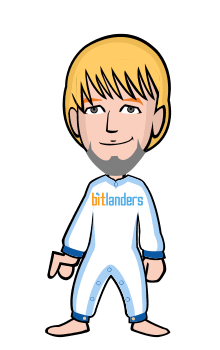By the end of the 15th century many things were changing in Europe. The population started to grow more quickly and a new class of merchants emerged. They wanted to buy and sell expensive and valuable products from Asia—like gold, jewels and silk.
In those days, people had no refrigerators to preserve their food. They dried meat and often used salt to make it last longer. To make food taste better they used spices , like pepper or cinnamon.
For centuries Europeans brought these goods on a land route from Asia over thousands of dangerous kilometres . In the 15th century the overland routes were being controlled by the Turkish Empire, which made it even more difficult for European merchants to pass through.
As a result, some European countries, like Spain and Portugal, decided to find out if there was a sea route to India. With the help of new kinds of ships that could sail faster and instruments , like the quadrant, they started the Age of Exploration.

At the end of the 15th century the Portuguese started to explore the west coast of Africa. They set up trading posts and collected gold and silver. They were convinced that by sailing around the coast of Africa they would find a route to India.
In 1487 , the Portuguese explorer Bartholomeu Dias sailed around the southern part of the continent and got as far as the east coast of Africa, but a storm made him turn back. On his return voyage, he saw a piece of land that stretched out into the sea. The Portuguese named it the Cape of Good Hope because they were hopeful of finding a passageway to India.
In 1497 Vasco Da Gama set out from Lisbon, sailed around the Cape of Good Hope and into the Indian Ocean. He reached the west coast of India in May 1498. He took some spices and gold back with him to prove that he had reached India.



